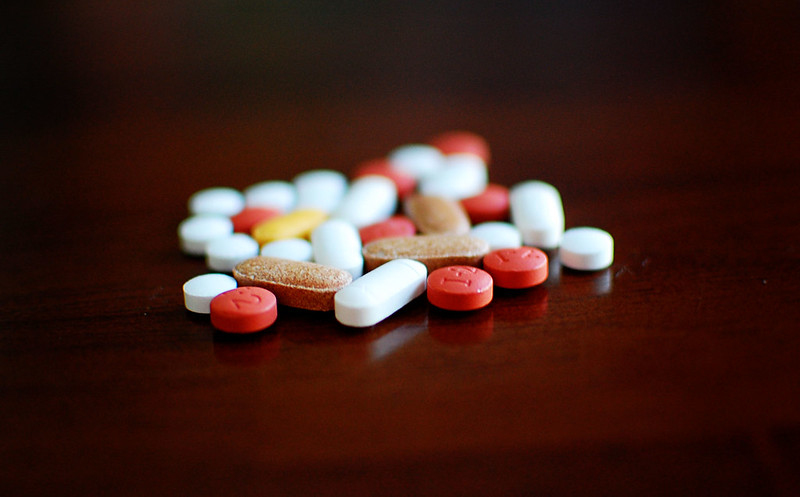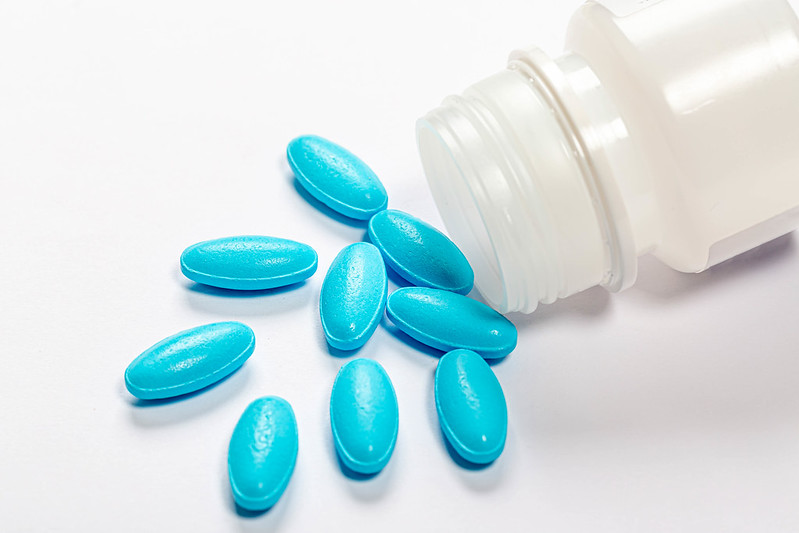With the excitement around bioprinting and 3D printing for implantology, we are overlooking a humungous opportunity in 3D printing in medicine. My use of the word humungous in a blog post on a serious topic should not detract from that. This ginormous opportunity is 3D printing pills. It receives far too little attention from the media, researchers, investors, and business people, but can be a boon for both business and healthcare.

Research on the subject continues to trickle in, and we read about the various advances from time to time. Right now, we can see experimentation in shapes, doses, and treatments. From time to time, there is a breakthrough. The most notable one so far seems to be the FDA approval of Aprecia’s Spritam, a fast disintegrating epilepsy treatment. Oral Spritam tablets are especially porous, so they dissolve quickly and are easier to ingest in higher doses. The concept of 3D printed pills seems a tempting and logical prospect. Individualized doses for every patient seems like it would automatically lead to better treatments and outcomes. Personalized release profiles or more targeted medications could be a way to better treatments.
In a different industry, we’d be in a tizzy speculating about the impact we could make on healthcare and the pharmaceutical industry. But a 3D printed pill seems rather prosaic and ordinary compared to 3D printed hearts and kidneys. It’s a quirky thing these tales we weave for the world. From the “desktop printer for everyone” fable to the 3D printed kidney, it seems that the evocative lies lead and define us. If the narrative is colorful and exciting, then it will influence the reporters to write the headlines that help create the future. Bioprinting is a beautiful development, and we are duly excited about it all. However, we need to have a reality check every once in a while and should think of the overlooked.
What if I told you I had a manufacturing technology that could fundamentally disrupt a $900 billion industry? What if modern pharmaceuticals were an industry where everyone was trying to ram all the square pegs into round holes, and I could change that? What if I could potentially make every single pharmaceutical treatment more effective? What if we were trying to make people better with few doses for almost all people, at all times, in all cases. What if I could change that completely. What if billions of people every day took pills, and I could potentially make every single one of those pills work better?

Already with the above, we’ve eclipsed the impact of most pitch decks. Our opportunity in 3D printing pills is to make all medicine more effective by coupling the dose more accurately to the patient. In some cases, we should be able to better target, improve the efficacy of, more accurately dose, and better release the medicine for patients. If we do this successfully, we can make new drugs more effective or improve the efficacy of existing drugs. What if medicine now presupposes that we are all seven billion of puzzles and that we will find the perfect identical missing piece that will work for all puzzles in all cases? And what if now we can manufacture unique pieces for everyone?
By having different speeds and doses of medicine released across different times for all the different people out there, we could, for the first time, give each patient the right dosage. Let that one sink in for a moment. We’ve so far given all the adults in the world the same dose. Now we’re going to provide Samantha with the right dose for her. What’s more, we can change it per day depending on her test results, weight fluctuations, or self-reported input. We could take old medicines and make them better for groups as well. Perhaps an OK treatment could become a better one if optimized for kids, a particular race, or people with specific conditions, indications or issues.
With 3D printing pills, we can fundamentally refound the way pharmaceuticals are delivered and how well they treat things. With billions devoted to discovering elusive new drugs, we can focus instead on a comparatively super low-cost process of seeing if the shape and dose of old medications can make them better (or better suited for new applications). Instead of hunting new unicorns, we’re going to dairy farm. Instead of finding a new magical potion, we’re going to look through all of the existing potions with fresh eyes to see if all the stuff we’ve ever discovered could be better at treating people.

There are few business opportunities that I can conceive of that are larger or will have more of a potential impact on human health. I’m not sure why there is a shortage of startup activity around this subject. I can only envision that either it seems boring because of the term or that people haven’t yet realized the enormity of this opportunity. This article was an attempt to address the latter; for the former, lets coin a new term.
Perdose: Now, pharmaceuticals are one size fits all. The doses for all adults or all children are typically the same. If there is any variation, then it is according to weight or the number of pills. Perdose: is the quest for the perfect dose for that one patient for that one moment. With perdosing outcomes will be better because the right dose will be given to the right patient at the right time. Individualized doses but also release profiles mean that all existing pills may become more accurate. Perdose is simply the multi-billion dollar quest for the perfect dose for all.
Image Credit: Marco Verch, Jaime, Marco Verch
Subscribe to Our Email Newsletter
Stay up-to-date on all the latest news from the 3D printing industry and receive information and offers from third party vendors.
You May Also Like
DyeMansion Debuts Polymer Post-Processing Solutions at Formnext 2024
DyeMansion is shaking up post-processing workflows with three new solutions unveiled at Formnext 2024. Under the motto It Just WorX, the company introduced the Powershot X for blasting and surfacing,...
Nano Dimension Expands Micro-Manufacturing with Exa 250vx 3D Printer
As it continues to push for the acquisitions of Desktop Metal and Markforged, Nano Dimension has introduced a new micro-3D printing system at Formnext. Adding to the Fabrica Tera and...
3D Systems Pushes New Tech and Partnerships at Formnext
As one of the pioneering companies in additive manufacturing (AM), 3D Systems remains a key player to watch at Formnext 2024, where it is showcasing major partnerships, innovative technologies, and...
Formnext Day Three: Rock & Zoll
The biggest news on day three was, of course, the reactions to the band at the exhibitor’s party. The soirée was well attended, with the crowd rocking on until early...



































